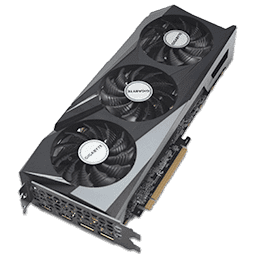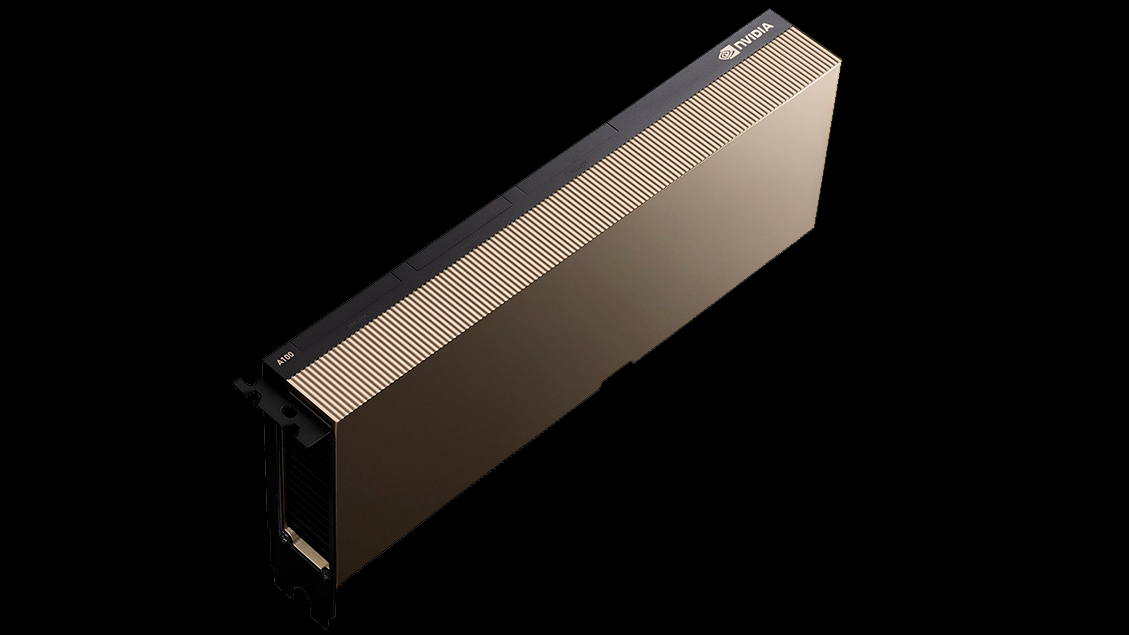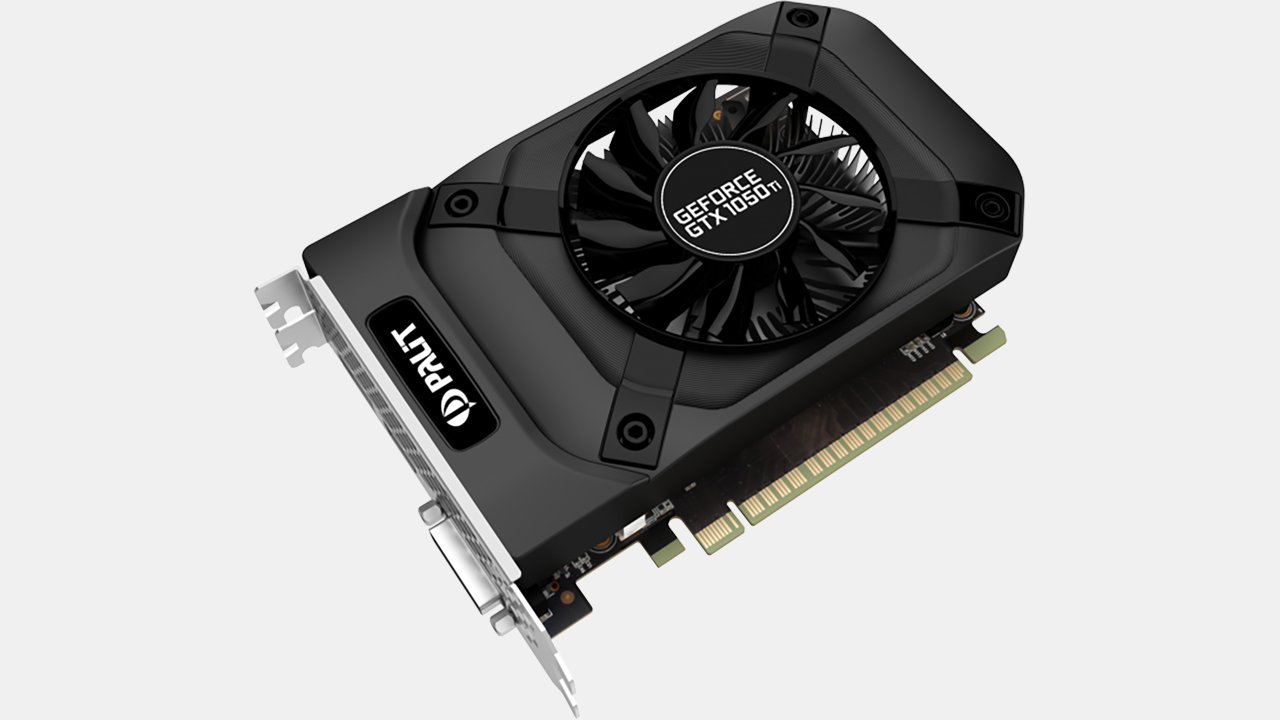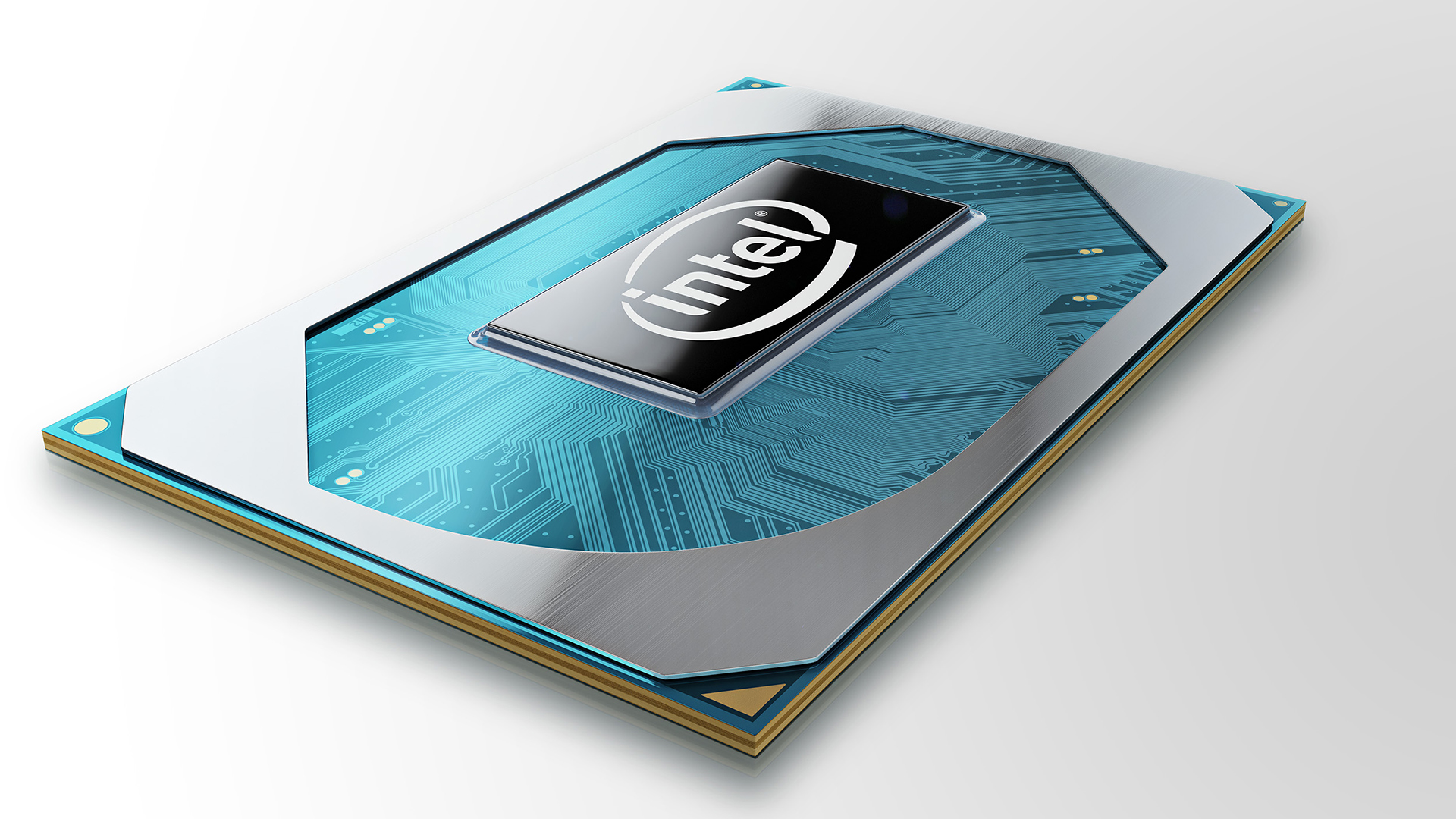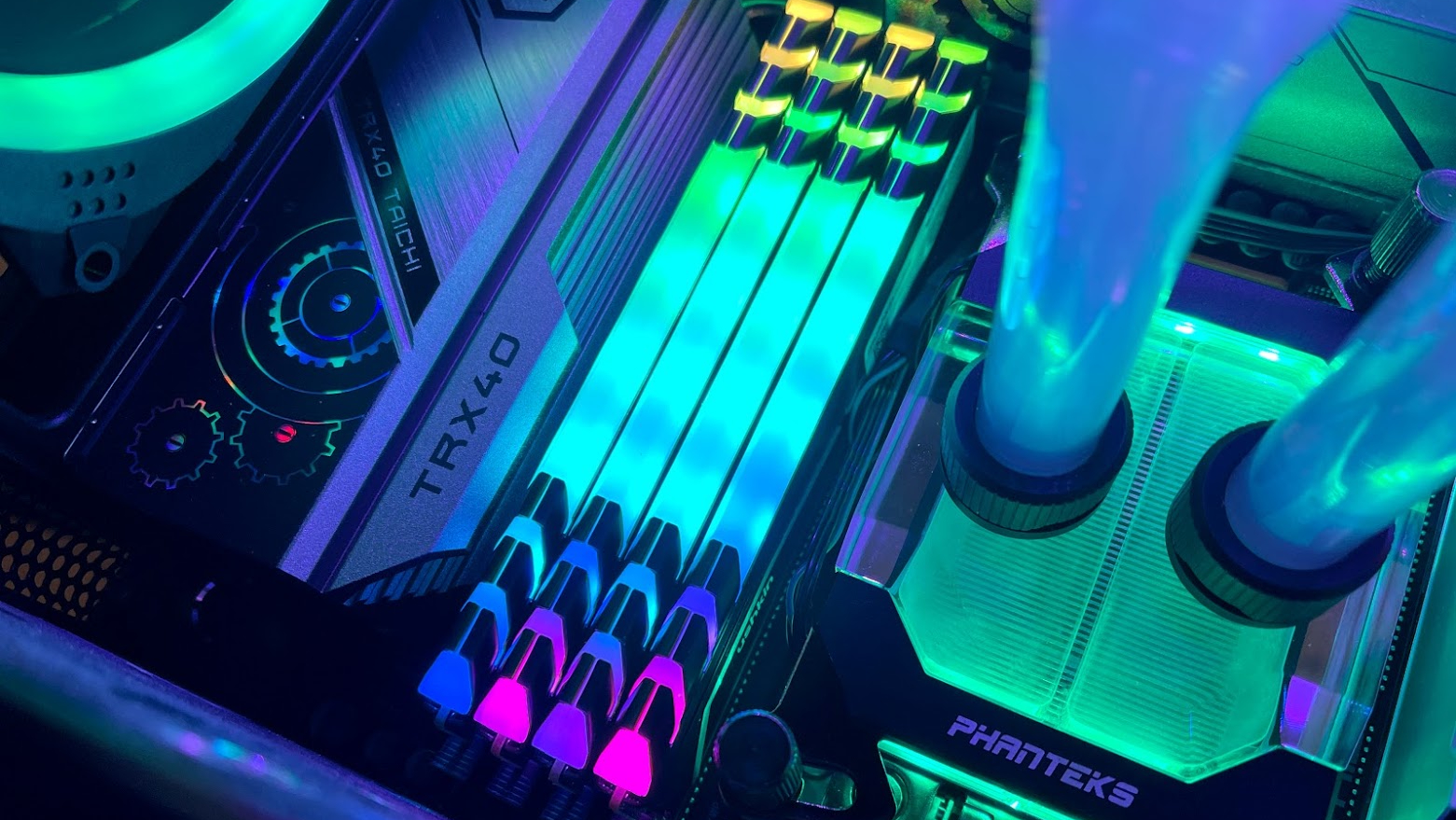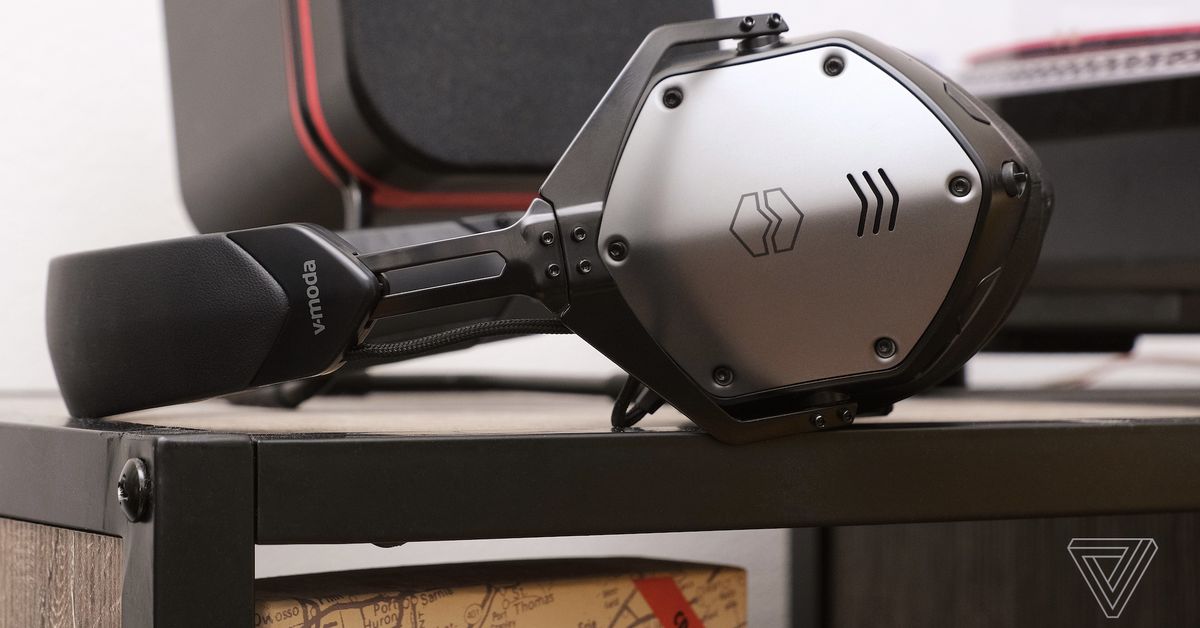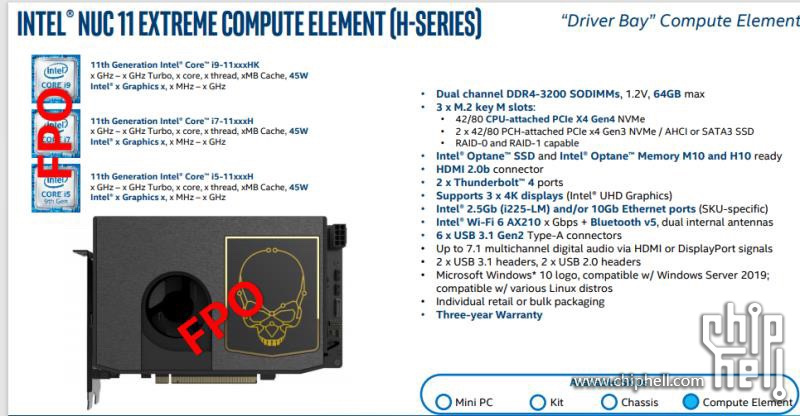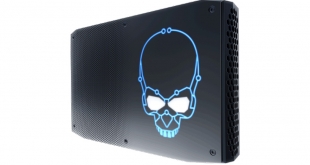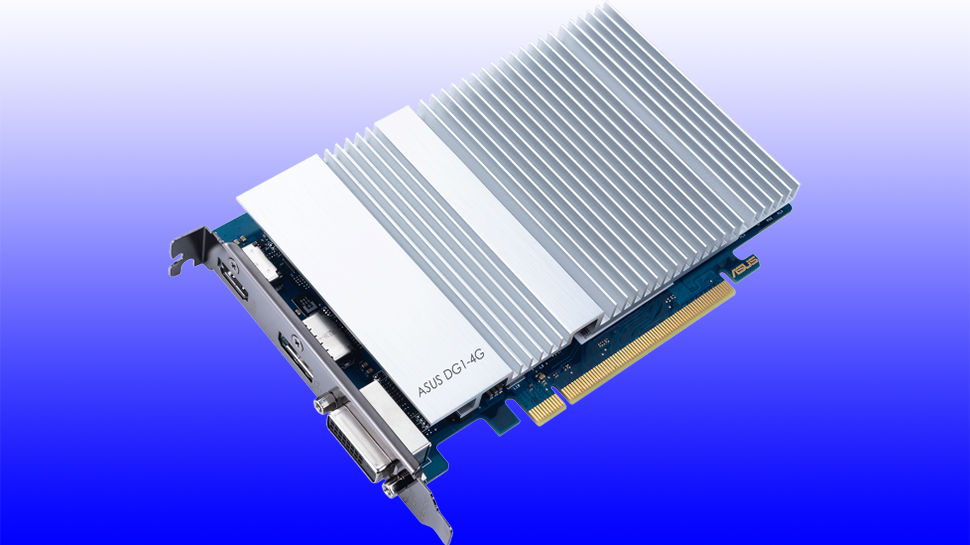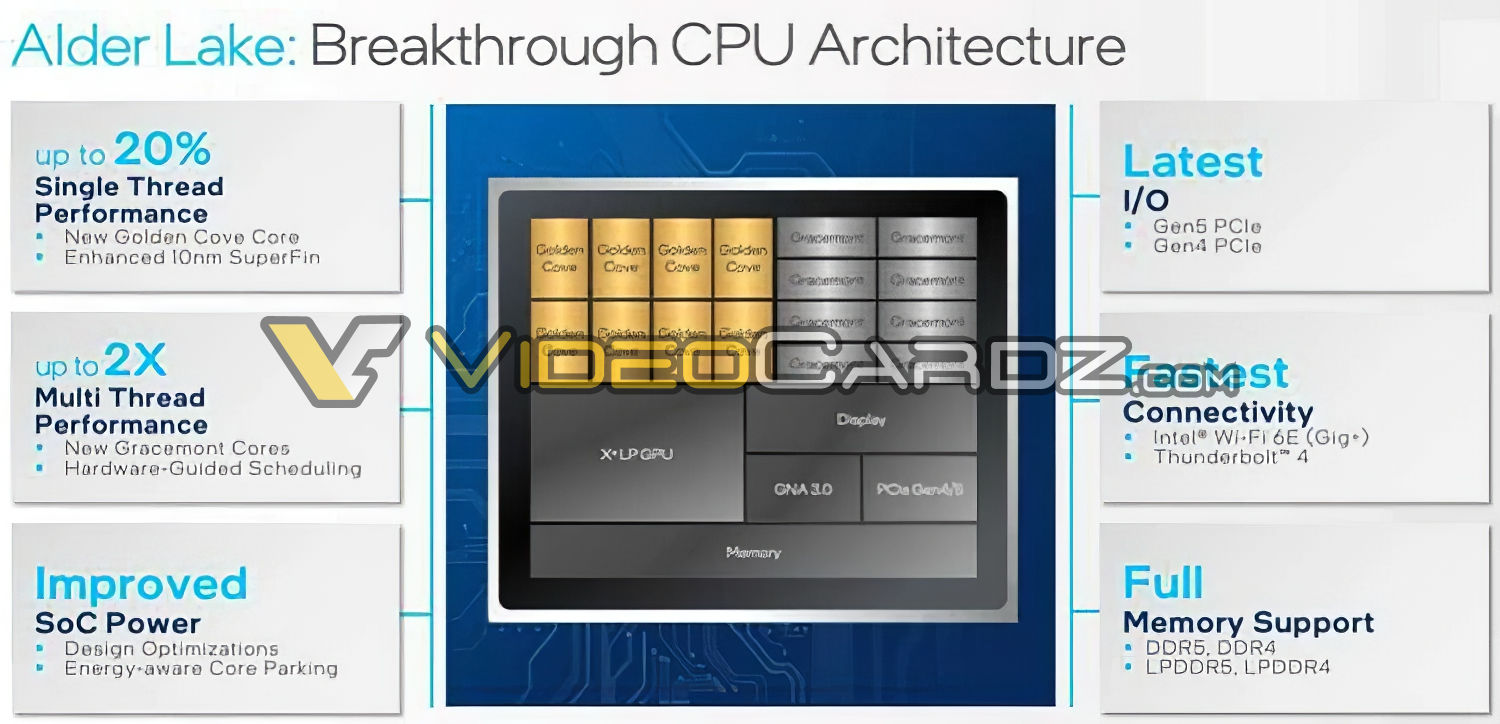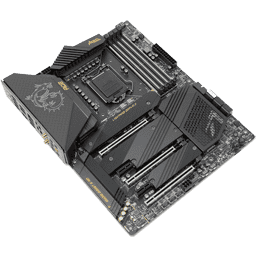Introduction
The Gigabyte Radeon RX 6700 XT Gaming OC is the company’s factory-overclocked graphics card for those seeking a close-to-reference custom rendition of the RX 6700 XT from Gigabyte without the bells and whistles of the AORUS Gaming brand. The Radeon RX 6700 XT is AMD’s fourth RX 6000 series RDNA2 graphics card, and arguably its most important so far as it targets a sub-$500 (MSRP) price point, bringing the architecture to a wider audience. A successor to the RX 5700 XT, it brings full DirectX 12 Ultimate readiness, including real-time raytracing, and is suited for maxed out gaming at 1440p. AMD claims that the card is competitive not only against NVIDIA’s RTX 3060 Ti, but also the pricier RTX 3070 in certain games.
The RDNA2 graphics architecture powering the RX 6700 XT is spread far and wide in the current generation, spanning not just the Radeon RX 6000 series, but also the latest game consoles. This makes it easier for game developers to optimize for the architecture on the PC. AMD’s approach to real-time raytracing involves using special hardware called Ray Accelerators to handle the most compute-intensive task in raytracing, of ray intersections, while compute shaders are used for almost everything else, including de-noising. A side effect of this approach is that AMD has had to bolster its SIMD muscle significantly over the previous generation, which can work wonders for conventional raster 3D games.
The Radeon RX 6700 XT is based on and maxes out the new 7 nm Navi 22 silicon, which physically features 40 RDNA2 compute units. This works out to 2,560 stream processors, 40 Ray Accelerators, 160 TMUs, and 64 ROPs. The stream processor count is exactly the same as with the RX 5700 XT, but besides having a higher IPC, they run at much higher engine clocks in excess of 2.42 GHz, compared to the 1.77 GHz game clock of the RX 5700 XT.
AMD has increased the standard memory amount to 12 GB, but over a narrow 192-bit GDDR6 memory bus. AMD attempts to overcome the bandwidth deficit compared to the 256-bit GDDR6 interface of the RX 5700 series by increasing the memory clocks to 16 Gbps and deploying its new Infinity Cache technology—a fast 96 MB on-die level 3 cache that accelerates the memory subsystem.
The Gigabyte RX 6700 XT Gaming OC comes with the company’s latest-generation WindForce 3X cooling solution found on several other current-generation products. Three aluminium fin stacks are skewered by five 6 mm-thick copper heat-pipes that make direct contact with the GPU at the base. This heatsink is ventilated by three fans. The cooler is longer than the PCB, so some of the airflow from the third fan flows through a hole in the backplate. The RX 6700 XT comes with factory overclocked speeds of 2514 MHz (game clock) as opposed to the 2424 MHz reference. In this review, we take the card for a spin.
| Price | Shader Units |
ROPs | Core Clock |
Boost Clock |
Memory Clock |
GPU | Transistors | Memory | |
|---|---|---|---|---|---|---|---|---|---|
| RX Vega 64 | $400 | 4096 | 64 | 1247 MHz | 1546 MHz | 953 MHz | Vega 10 | 12500M | 8 GB, HBM2, 2048-bit |
| RX 5700 XT | $370 | 2560 | 64 | 1605 MHz | 1755 MHz | 1750 MHz | Navi 10 | 10300M | 8 GB, GDDR6, 256-bit |
| RTX 2070 | $340 | 2304 | 64 | 1410 MHz | 1620 MHz | 1750 MHz | TU106 | 10800M | 8 GB, GDDR6, 256-bit |
| RTX 3060 | $600 | 3584 | 48 | 1320 MHz | 1777 MHz | 1875 MHz | GA106 | 13250M | 12 GB, GDDR6, 192-bit |
| RTX 2070 Super | $450 | 2560 | 64 | 1605 MHz | 1770 MHz | 1750 MHz | TU104 | 13600M | 8 GB, GDDR6, 256-bit |
| Radeon VII | $680 | 3840 | 64 | 1400 MHz | 1800 MHz | 1000 MHz | Vega 20 | 13230M | 16 GB, HBM2, 4096-bit |
| RTX 2080 | $600 | 2944 | 64 | 1515 MHz | 1710 MHz | 1750 MHz | TU104 | 13600M | 8 GB, GDDR6, 256-bit |
| RTX 2080 Super | $690 | 3072 | 64 | 1650 MHz | 1815 MHz | 1940 MHz | TU104 | 13600M | 8 GB, GDDR6, 256-bit |
| RTX 3060 Ti | $700 | 4864 | 80 | 1410 MHz | 1665 MHz | 1750 MHz | GA104 | 17400M | 8 GB, GDDR6, 256-bit |
| RX 6700 XT | $800 MSRP: $480 |
2560 | 64 | 2424 MHz | 2581 MHz | 2000 MHz | Navi 22 | 17200M | 12 GB, GDDR6, 192-bit |
| Gigabyte RX 6700 XT Gaming OC |
$820 | 2560 | 64 | 2424 MHz | 2614 MHz | 2000 MHz | Navi 22 | 17200M | 12 GB, GDDR6, 192-bit |
| RTX 2080 Ti | $1000 | 4352 | 88 | 1350 MHz | 1545 MHz | 1750 MHz | TU102 | 18600M | 11 GB, GDDR6, 352-bit |
| RTX 3070 | $800 | 5888 | 96 | 1500 MHz | 1725 MHz | 1750 MHz | GA104 | 17400M | 8 GB, GDDR6, 256-bit |
| RX 6800 | $1000 | 3840 | 96 | 1815 MHz | 2105 MHz | 2000 MHz | Navi 21 | 26800M | 16 GB, GDDR6, 256-bit |
| RX 6800 XT | $1300 | 4608 | 128 | 2015 MHz | 2250 MHz | 2000 MHz | Navi 21 | 26800M | 16 GB, GDDR6, 256-bit |
| RTX 3080 | $1300 | 8704 | 96 | 1440 MHz | 1710 MHz | 1188 MHz | GA102 | 28000M | 10 GB, GDDR6X, 320-bit |
| RX 6900 XT | $1500 | 5120 | 128 | 2015 MHz | 2250 MHz | 2000 MHz | Navi 21 | 26800M | 16 GB, GDDR6, 256-bit |
| RTX 3090 | $2000 | 10496 | 112 | 1395 MHz | 1695 MHz | 1219 MHz | GA102 | 28000M | 24 GB, GDDR6X, 384-bit |
